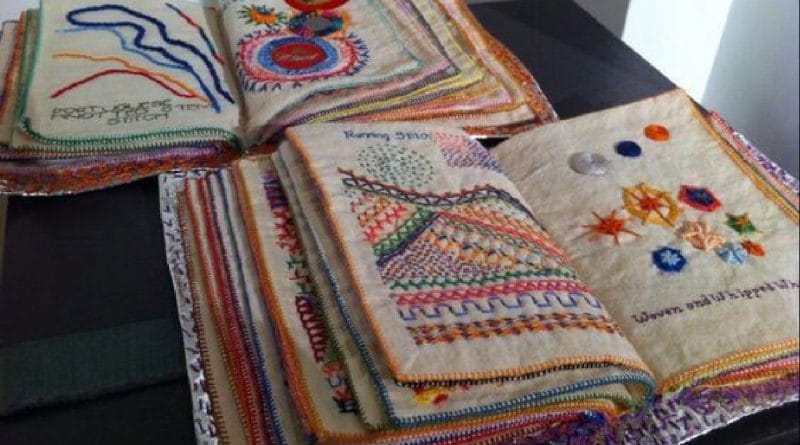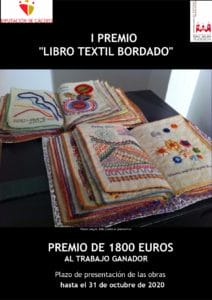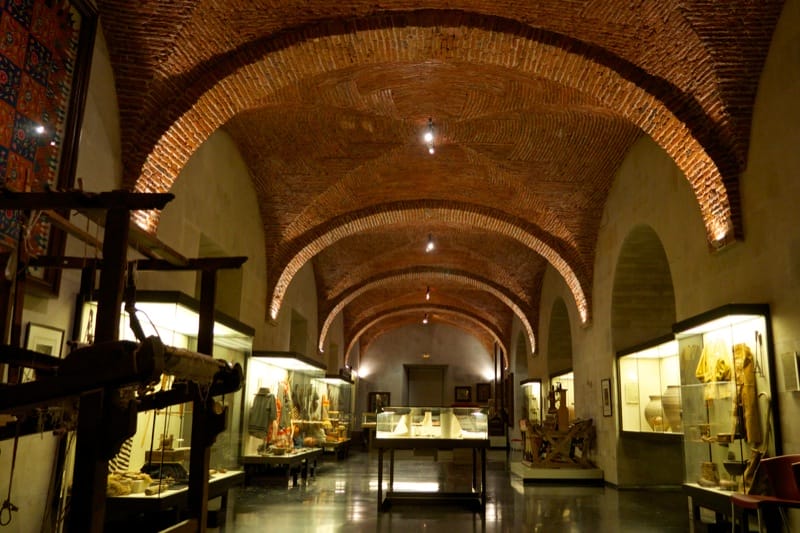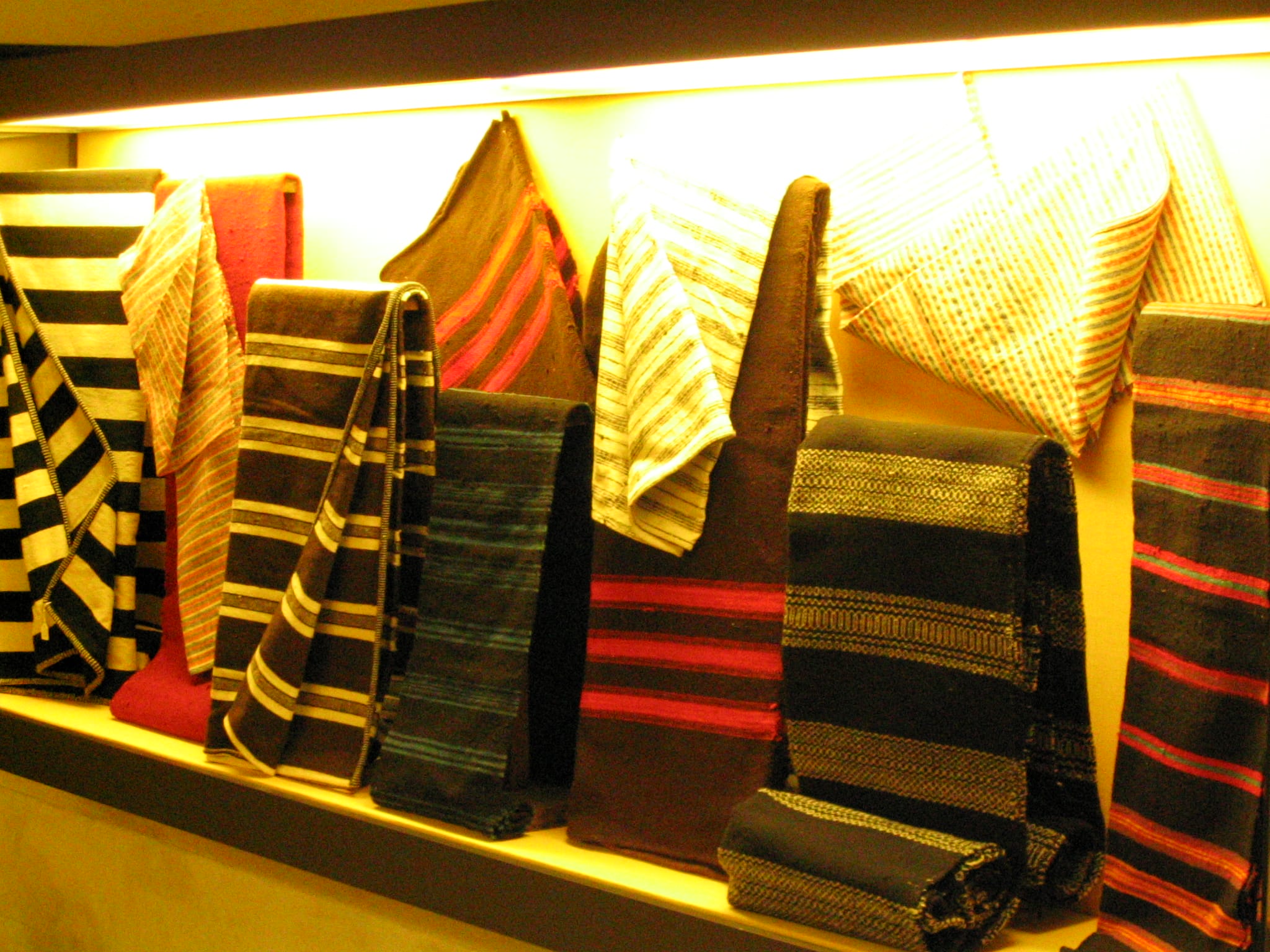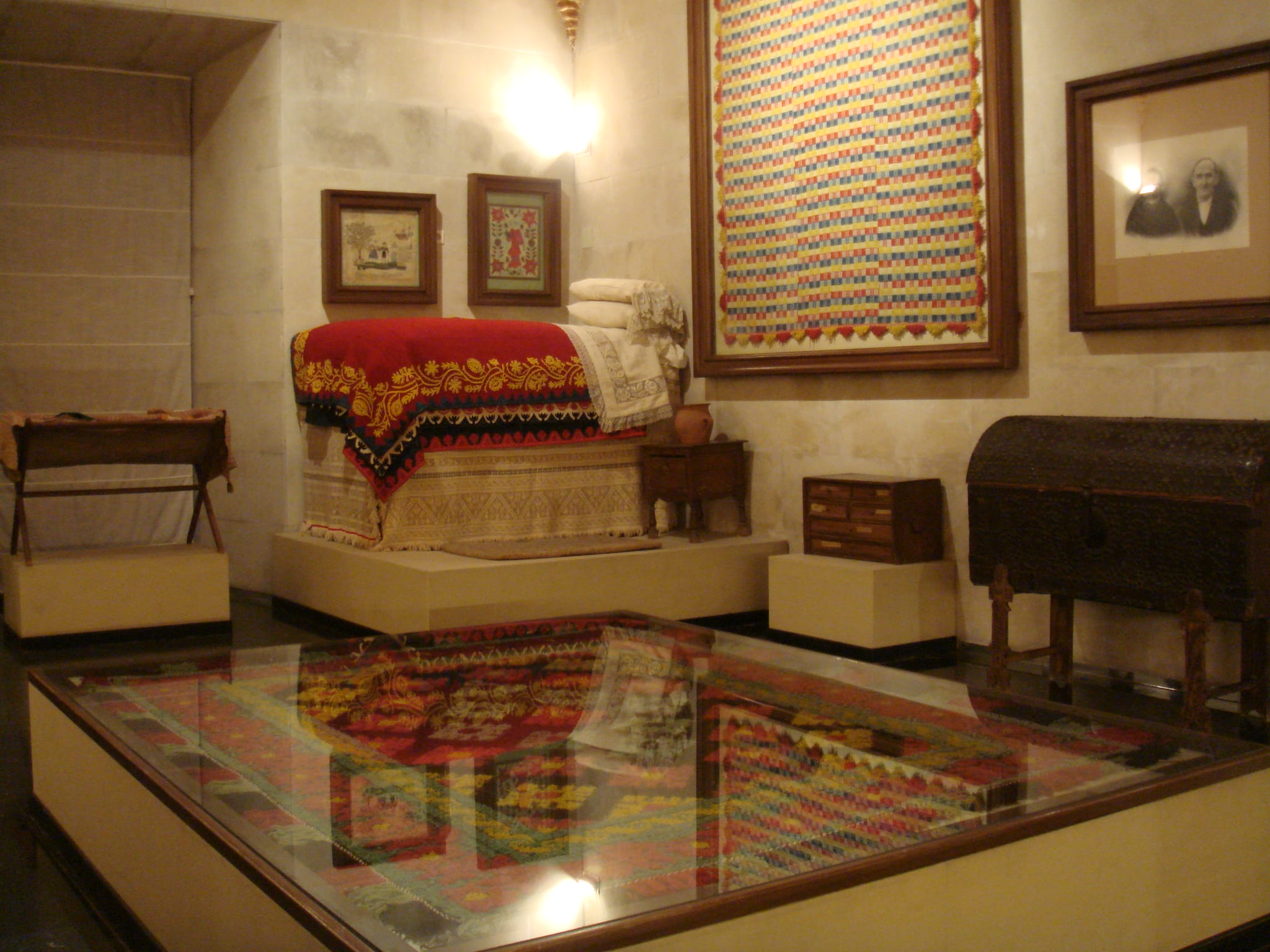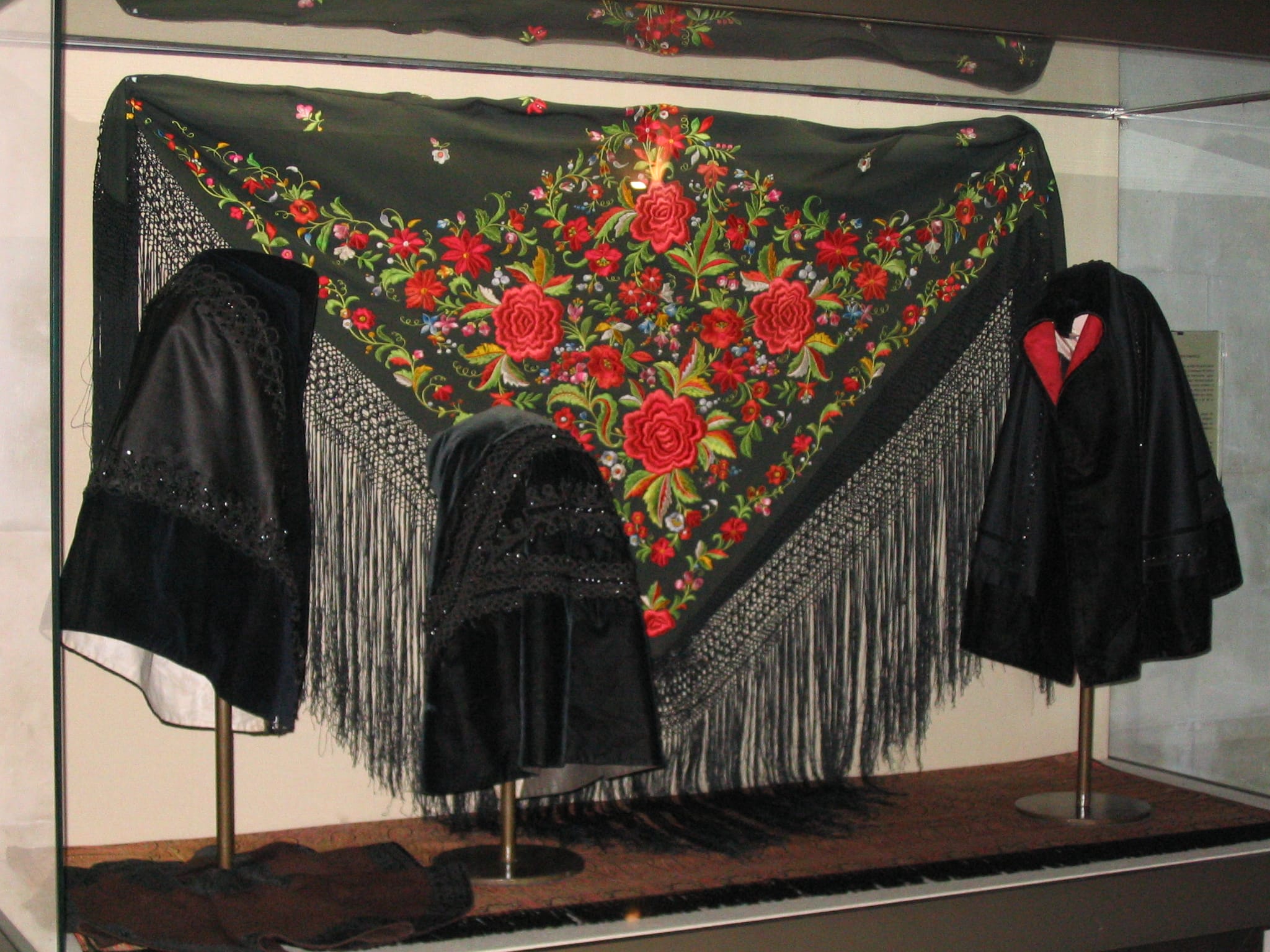First Contest «Libro Textil Bordado»
translation by Chiara Cordoni
The “Diputación de Cáceres” has launched the first contest of the “Embroidered Textile Book”
The Culture Area in cooperation with the Chinato Cultural Collective of Malpartida de Plasencia will award the winning work with 1,800 euros.
The works shall be sent to the Pérez Enciso de Plasencia Textile Museum.
The contesthas been launched with the aim of “preserving and recovering traditional embroidery techniques”, as explained by Fernando Grande Cano, Member on Culture and Sport, adapting the format to a contemporary work model,and there are 1,800 euros for the winning artwork.
Both single individuals and groups may participate in this contest, to which the Provincial Institute has cooperated with the Chinato Cultural Collective, presenting a hand-embroidered book, responding to the technical characteristics of embroidery and to the formats specified in the call for applications.
The work may be presented until 31 October 2020 by the interested parties.
The winning works will become part of a collection of embroidered textile books for the “Pérez Enciso” Ethnographic Textile Museum in Plasencia.
Furthermore, the works presented will be exhibited at the Ethnographic Museum.
Plasencia Cathedral
Qualche notizia sul Museo Tessile Etnografico "Pérez Enciso"
The Perez Enciso Ethnographic Textile Museum is located in the ancient hospital of Santa María de Plasencia, today a cultural complex under the same name. The hospital was founded by Ms. Engracia de Monroy in the 1300s and located in the historic center of Placentino. During the 15th century, the Bishopric of Plasencia (1406) took over the hospital, improving and extending it between the 16th and 18th centuries.
After the confiscation of Mendizábal, in 1848, it continuesas hospital under the direction of the Diputación de Cáceres, from which it still depends. In 1985 the provincial society transforms the building into a cultural complex, placing within it the García Matos Music Conservatory, the Rodrigo Alemán School of Fine Arts, the Dance School and the Museum itself, which occupies the area corresponding to the extension of the building built in the 18th century.
The rehabilitation, in respect of the magnificent vaults of the brick border that cover its rooms, has introduced new materials and modernized the spaces, adapting them to the new use of the museum. In 1989 the Textile Ethnographic Museum was inaugurated, the first museum of this kind in the whole Community of Extremadura. By acquiring the collection and making it public, the Provincial Council wants to contribute to the preservation and enhancement of the ethnographic heritage of Extremadura and to pay tribute to popular wisdom for its important contribution to the cultural enrichment of the region.
The museum is formed by the collection of D. Pedro Pérez Enciso and acquired by Diputación (hence the name of the Museum) and by those pieces donated by the citizens for the enrichment of the fund. Currently the collection consists of over 5000 pieces.
The museum exhibits a wide range of ethnographic objects, reflecting the traditional ways of life, becoming the intermediary between knowledge, customs and uses of previous and current times. Its purpose is to contribute to the awareness of citizens of the importance of its roots, its heritage and its identity as a collective. Geographically, the collection is representative of a vast area, bordered by Portugal and the Tagus and Duero basins, which covers the north of the province of Cáceres and some places like Ávila, Salamanca and Toledo.
With eighty percent of Cáceres’ popular products, it represents a small tribute to the people, emphasizing the importance of this contribution to the region’s wealth, cultural and artistic heritage.
Links:
https://www.spain.info/it/que-quieres/arte/museos/caceres/museo_etnografico_y_textil_perez_enciso_de_plasencia.html#
https://museos.dip-caceres.es/museo-etnografico-textil-perez-enciso__trashed/exposicion-permanente/
https://www.itinari.com/it/location/museo-etnografico-textil-perez-enciso-plasencia
MUSEO ETNOGRÁFICO TEXTIL PROVINCIAL DE PLASENCIA
Most of its 5000 pieces belong to the collection of Pedro Pérez Inciso and include ceramic objects, wooden statues, pottery, linen and wool processing tools, photographs of Cáceres’ popular architecture, typical regional clothes, kits, handkerchiefs, embroidery and lace.
MUSEO ETNOGRÁFICO TEXTIL DE PLASENCIA – Ground floor
The ground floor or entrance is organized as an extract, as a summary of the contents of the museum that will be developed on the upper floors. In these six showcases dedicated to ceramics, ceramics, metal, clothing, woolen blankets and objects made of wood and other plant fibers
MUSEO ETNOGRÁFICO TEXTIL DE PLASENCIA – First Floor
This plan is dedicated to the process of making linen and wool and the use of the resulting pieces in everyday life and in the folk costume. The province of Cáceres, before the Industrial Revolution, was known for its textile artifacts: Torrejoncillo, Casatejada, Hervás, Torremocha and Peraleda stood out in the work of wool, while La Vera, Plasencia, Serradilla, Alía and Berzocana distinguished themselves for their linen work .
